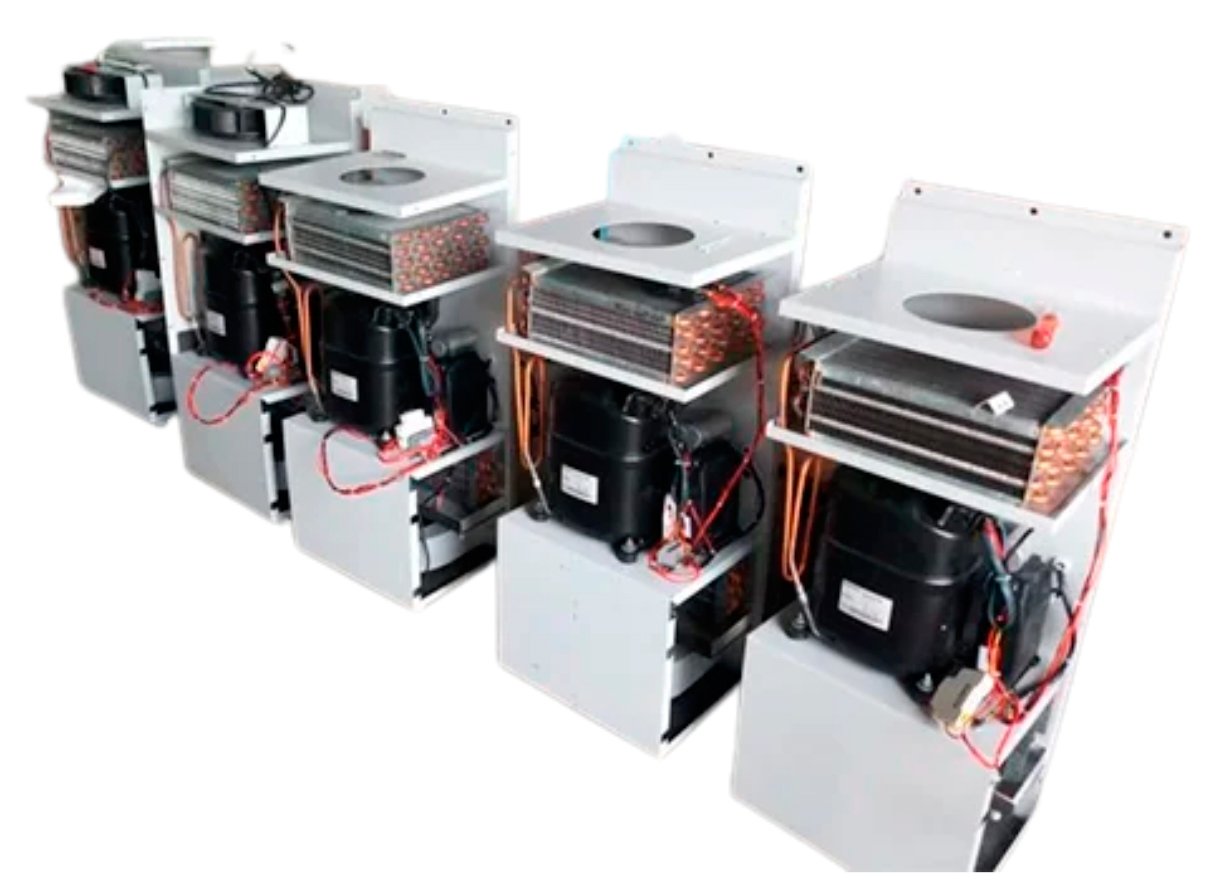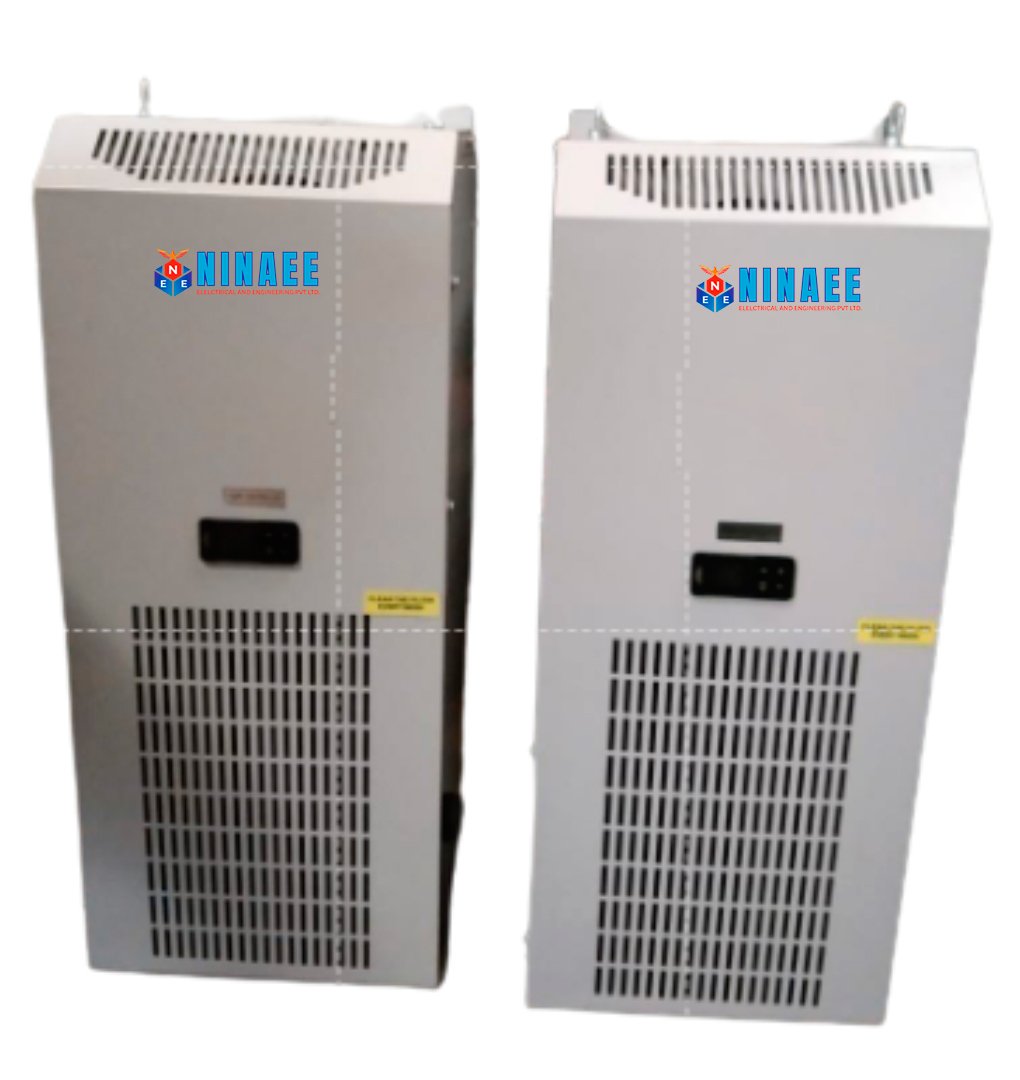


A Panel Air Conditioner, also known as an Enclosure Air Conditioner, is a cooling system specifically designed to regulate the temperature inside electrical enclosures, control panels, and cabinets. These systems are essential for protecting sensitive electronic components from overheating and ensuring the reliability and efficiency of industrial and commercial operations.
Key Features of Panel Air Conditioners
-
Compact Design:
-
Designed to fit control panels or enclosures without occupying excessive space.
-
-
Closed-Loop Cooling:
-
Prevents external contaminants like dust, humidity, and chemicals from entering the enclosure, protecting internal components.
-
-
Energy Efficiency:
-
Incorporates features like variable speed fans and efficient compressors to reduce power consumption.
-
-
Ease of Installation:
-
Typically mounted on the side, top, or door of the panel for quick installation.
-
Components
-
Compressor:
-
The heart of the system, responsible for compressing the refrigerant.
-
-
Condenser Coil:
-
Removes heat from the refrigerant, releasing it into the external environment.
-
-
Evaporator Coil:
-
Absorbs heat from the air inside the panel, cooling it down.
-
-
Expansion Valve:
-
Reduces refrigerant pressure to achieve the desired cooling effect.
-
-
Fans:
-
Circulate air over the condenser and evaporator coils for efficient heat exchange.
-
-
Filter:
-
Traps dust and debris, ensuring clean airflow within the system.
-
Working Principle
-
Heat Absorption:
-
Warm air inside the enclosure passes over the evaporator coil, where it transfers heat to the refrigerant.
-
-
Heat Transfer:
-
The refrigerant absorbs the heat and becomes a gas. It is then compressed to a high-pressure gas by the compressor.
-
-
Heat Dissipation:
-
The refrigerant flows through the condenser coil, where it releases the heat to the external environment and condenses back into a liquid.
-
-
Cooled Air Circulation:
-
The cooled air is recirculated inside the enclosure, maintaining a consistent temperature.
-
Applications
-
Industrial Control Panels:
-
Protect PLCs, VFDs, and other sensitive electronics.
-
-
Telecommunication Equipment:
-
Maintain optimal conditions for servers and communication devices.
-
-
Medical Equipment:
-
Cooling for diagnostic devices and sensitive instruments.
-
-
Automation Systems:
-
Ensures reliability in automated production lines.
-
-
Electrical Cabinets:
-
Used in power distribution systems to prevent overheating.
-
Advantages
-
Temperature Control:
-
Maintains a consistent internal temperature, extending the life of components.
-
-
Protects Against Contaminants:
-
Closed-loop cooling keeps out dust, moisture, and corrosive substances.
-
-
Prevents Downtime:
-
Reduces the risk of overheating, ensuring uninterrupted operation.
-
-
Compact and Versatile:
-
Fits into a variety of enclosures and panels.
-
-
Customizable:
-
Available in various cooling capacities to suit different applications.
-
